Dark Corners, a new competition by the Museum of London supported by British Journal of Photography, invites photographers to submit work that explores London after dark. With less than a fortnight left to enter, BJP spoke to London-based photographer Vicky Grout, who will be featured in the Museum of London’s major, upcoming photography exhibition, London Nights.
For Vicky Grout, one of the leading documentarians of London’s grime scene, the music came before the photographs. “It was a mixture of the live aspect of grime – the sheer energy of it – and the culture surrounding the genre – the fact that these artists were able to take a struggle and turn it into something powerful and inspiring – that drew me to it,” she explains.
Grout was only mid-way through primary school when the first-wave of grime took hold of London’s East End. With the ascendance of pirate radios, 140 bpm, and eskibeat, this dark and visceral sound was soon introduced to the mainstream by the likes of Dizzee Rascal, Wiley, Kano and Lethal Bizzle. After a momentary lull – as the genre’s hard-hitting beats were replaced by increasingly watered-down, chart-friendly variants – grime had a second-coming, which coincided with Grout’s teenage years.
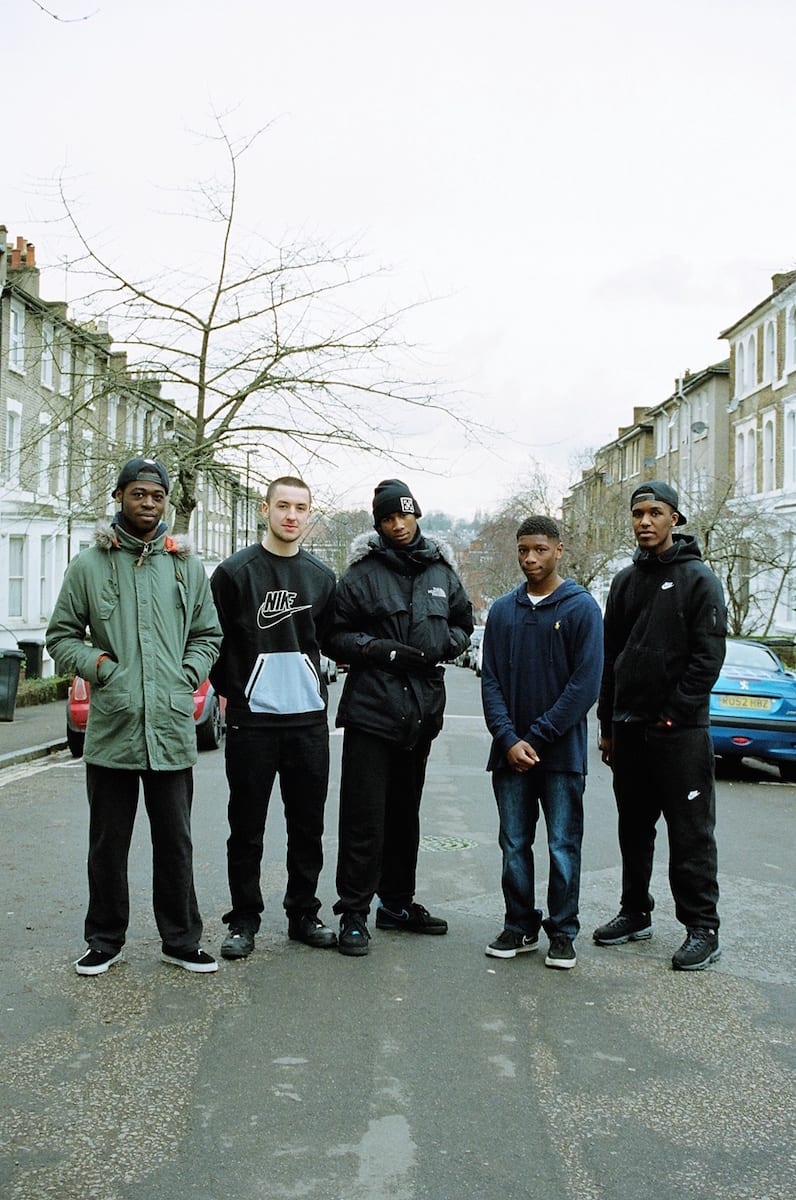
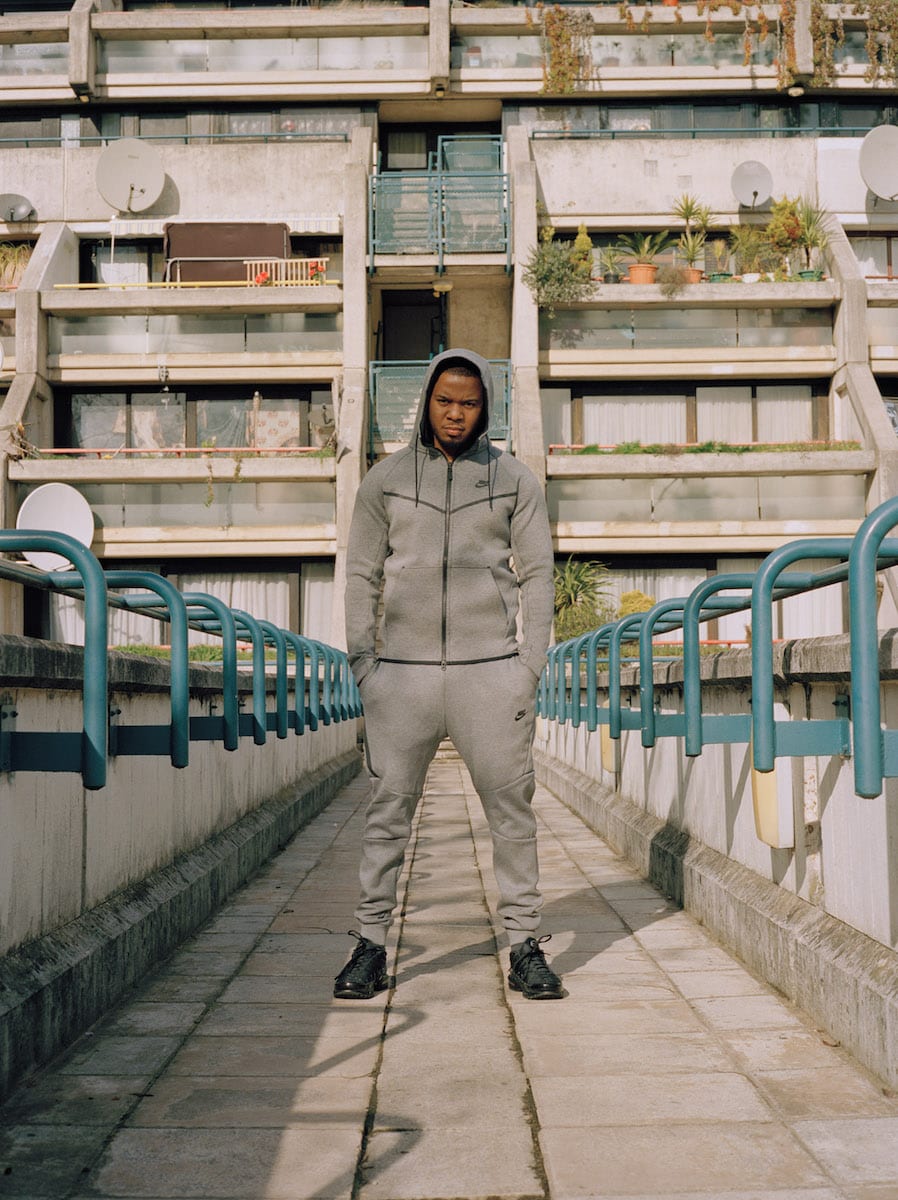
As before, the scene took off in east London, with shows springing up around the area. Grout got into raving aged 17 and began frequenting the underground staples of London’s East End. “One of the first nights I shot was an event called Cherryade, un by Siobhan Bell,” she remembers. “I had helped with organising the line-up, which featured Last Japan, Spooky and The Square. One of my favourite shots to date [which will feature in the Museum of London’s upcoming exhibition London Nights] is from that event and shows Spooky pulling the ultimate bass-face, with Nov, and the rest of The Square, shelling behind him.”
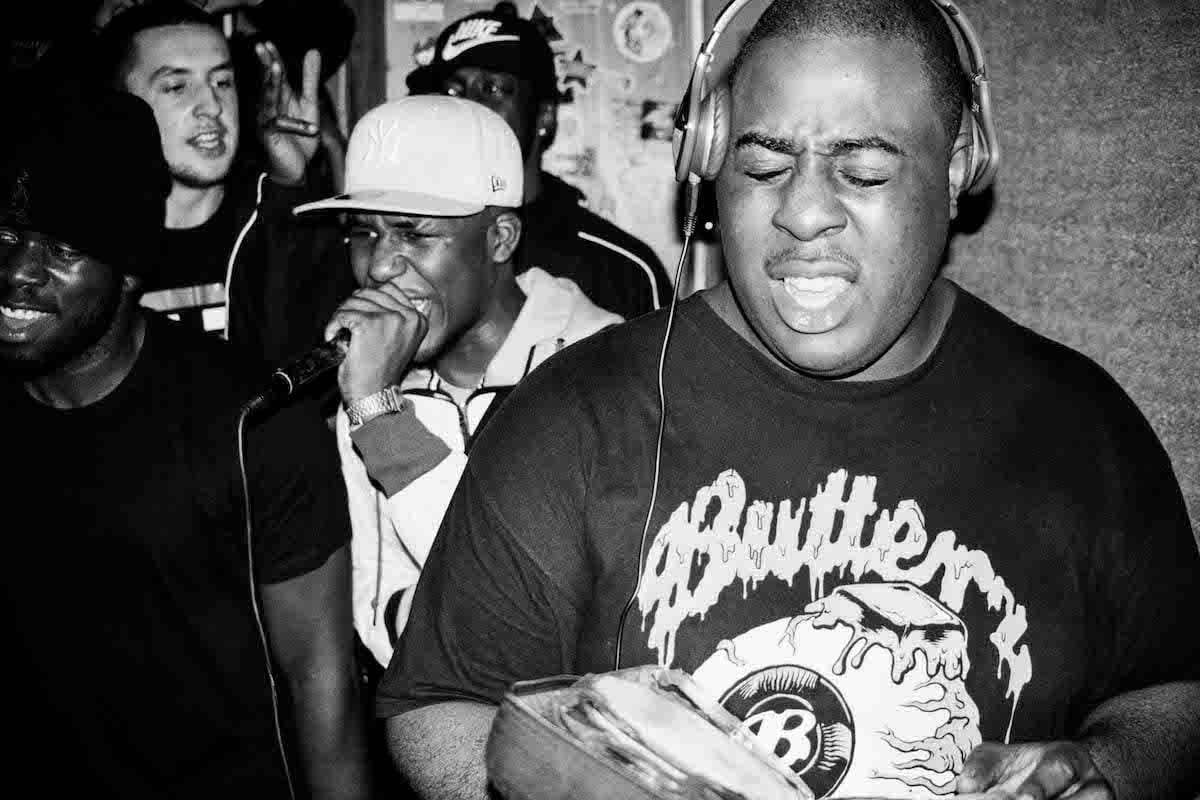
Grout had experimented with analogue photography before and her camera quickly became a permanent fixture of any night out. “The fact that I would attend almost every show, and connect with the artists, showed that I had an authentic love for it from the beginning,” she says. This genuine passion is one of the reasons that grime’s key players have been so enamoured by her lens, earning Grout the trust and respect of some of the genre’s most elusive subjects. Skepta famously captioned one Instagram post: “Hate photos, love Vicky Grout.”
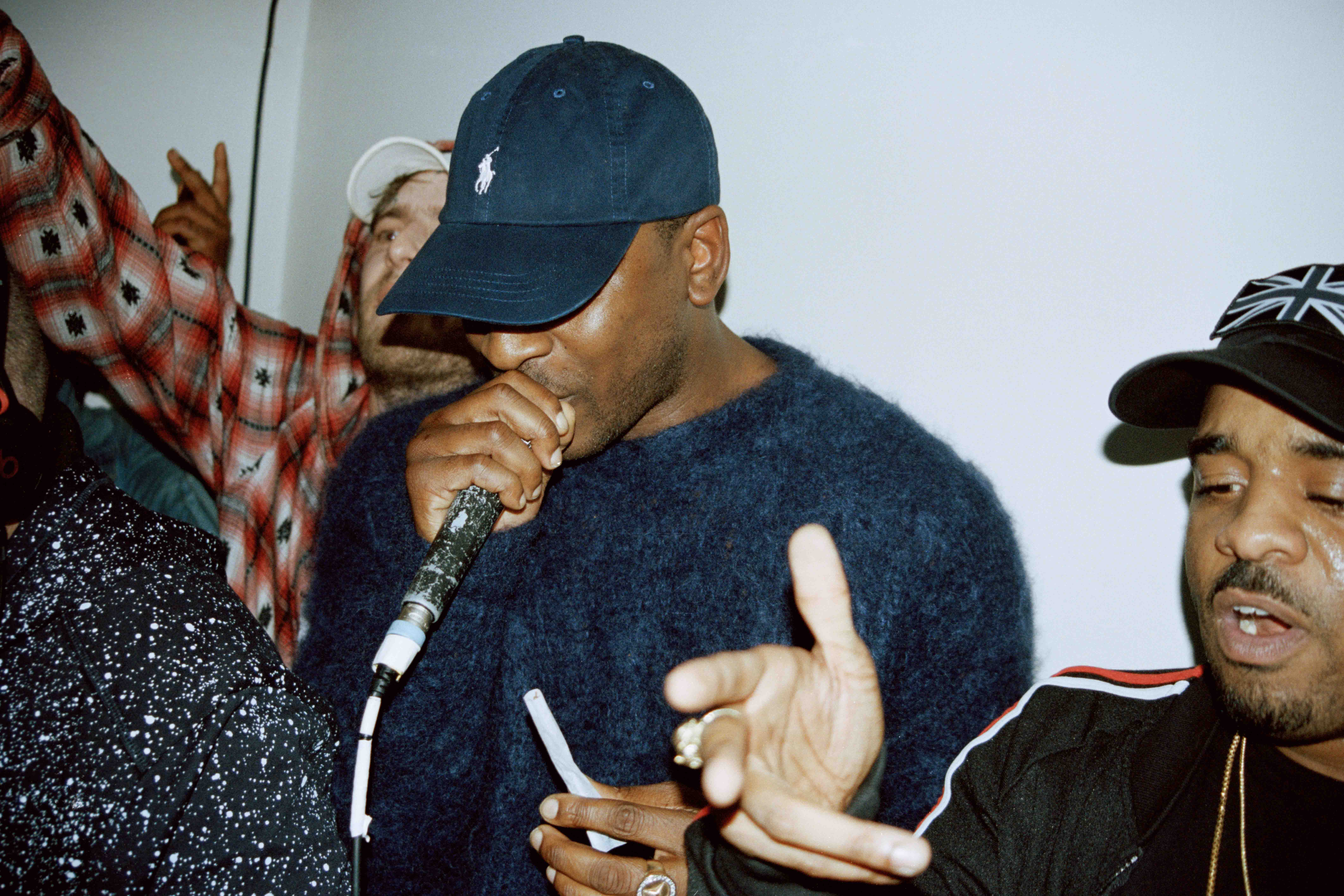
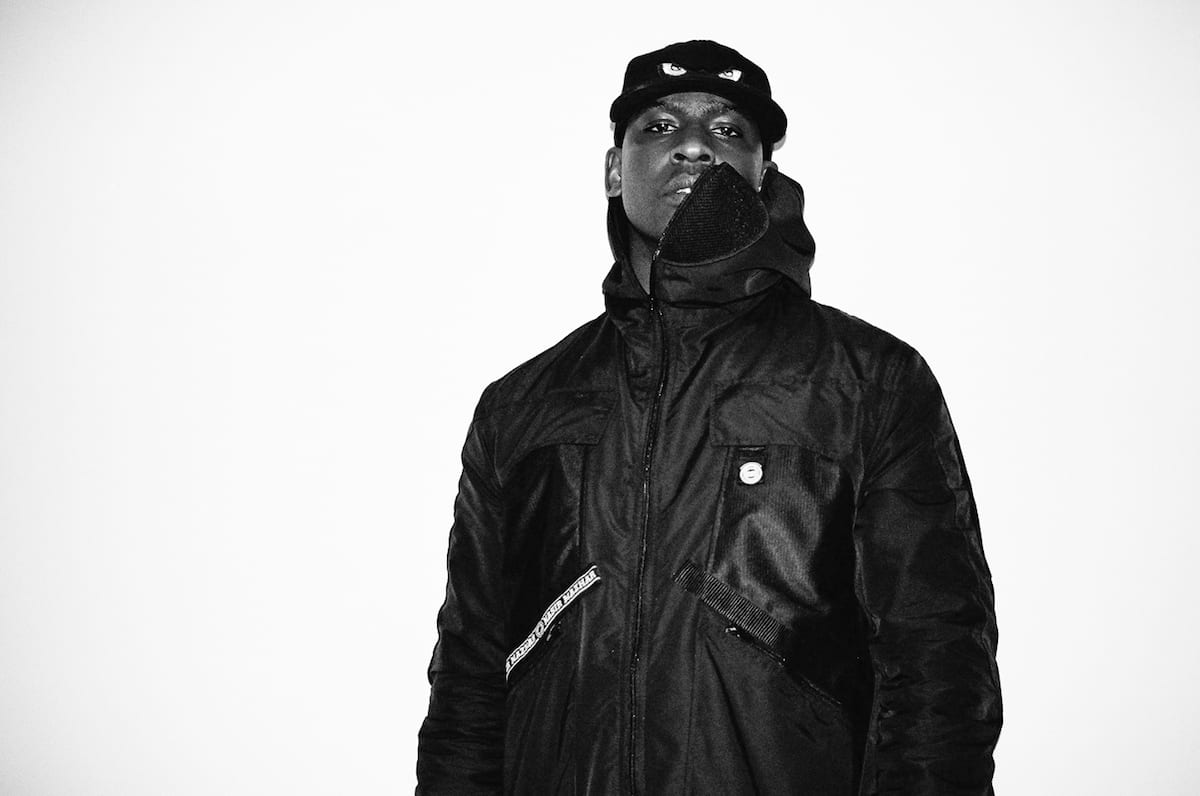
“I met Skepta for the first time around when he put out It Ain’t Safe,” she remembers. “Because the genre was still very much underground, I was able to access smaller raves and build a relationship with him.” Grout first garnered widespread attention with her black-and-white portrait of the artist, face partially obscured by a cap. The image was used for the cover of Shutdown, for which Grout also shot the behind-the-scenes music video stills. From an intimate photograph of a set at Boiler Room, which will feature in London Nights, to that bold Time Out cover (one of the defining shots of Grout’s career so far), the photographer has charted Skepta’s ascendance from every angle.
The chaotic front row of crowded shows might not be the optimum environment for a 5 ft1 photographer shooting on film, but Grout has never let this deter her. “It was especially hard for me because of my size,” she says. “A lot of the time I’d have to push through a very sweaty room to get to the front. Sometimes I would even have to shoot with my camera above my head and just hope for the best.” Regardless, Grout has captured some of the most definitive moments and artists in recent grime history, including chance photographs of the ever evasive Wiley, who Grout is still eager to shoot officially.
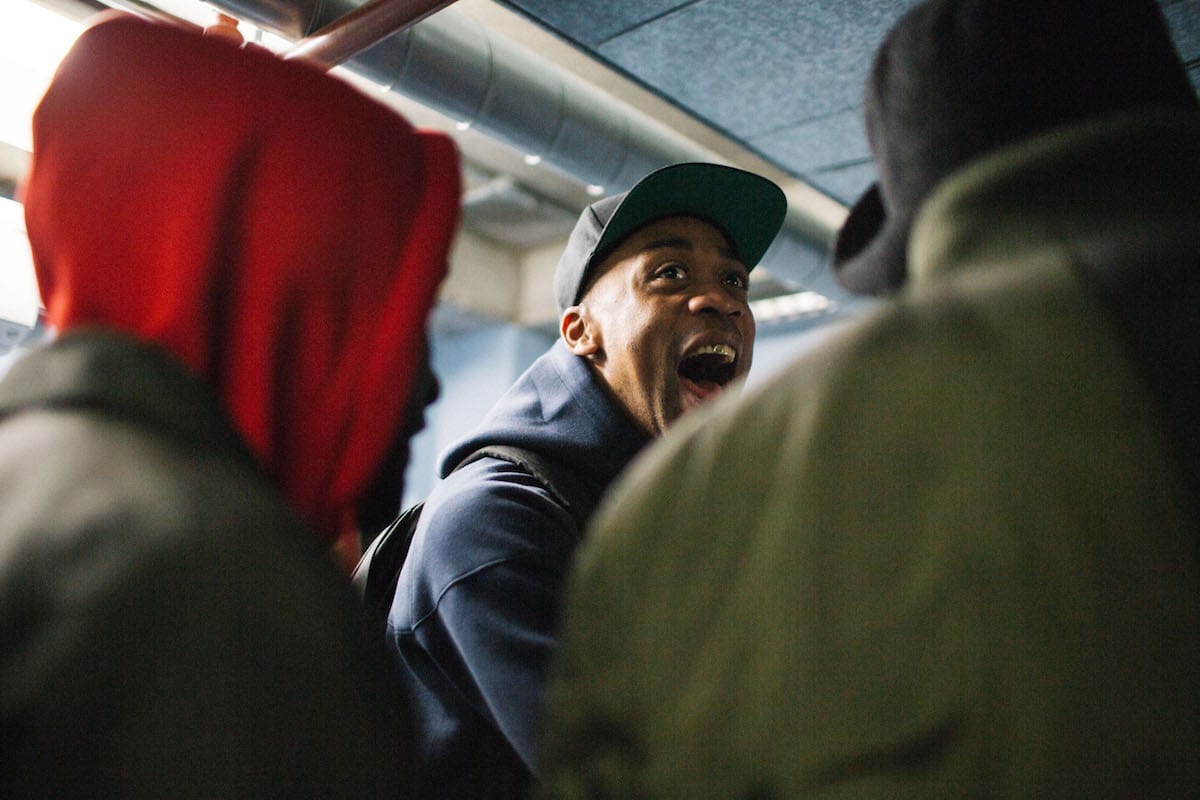
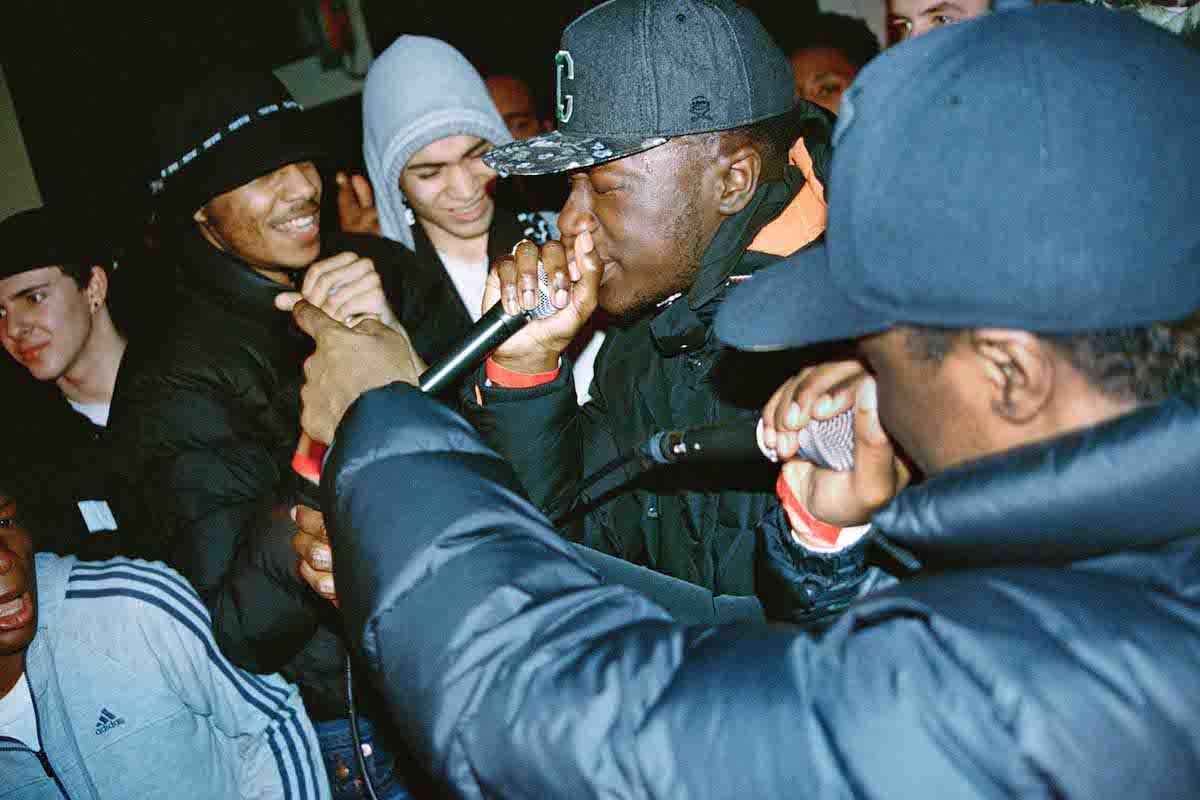
As Grout’s career has accelerated, her focus has shifted from documenting raves and nights to taking on more commissions and commercial projects. “I realised that in order to get up early for my day job, I couldn’t really be out shooting every night,” she says. Another of her favourite photographs is a portrait of Virgil Abloh – the American creative designer, DJ, and founder of Milan-based fashion label Off-White – which she shot for Sleek Magazine. Other recent projects include a shoot with J Hus for Push Magazine – a free bi-monthly publication for which Grout is the photo editor– and Rich the Kid for Ssense.
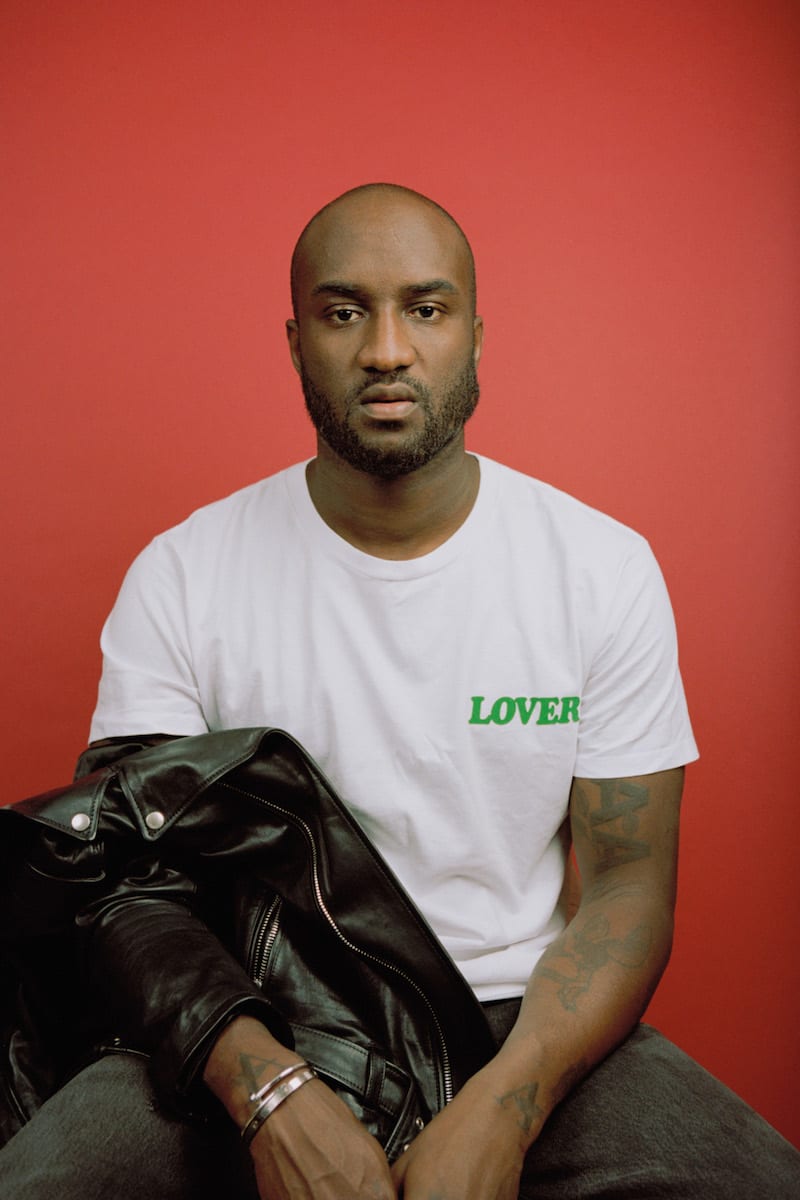
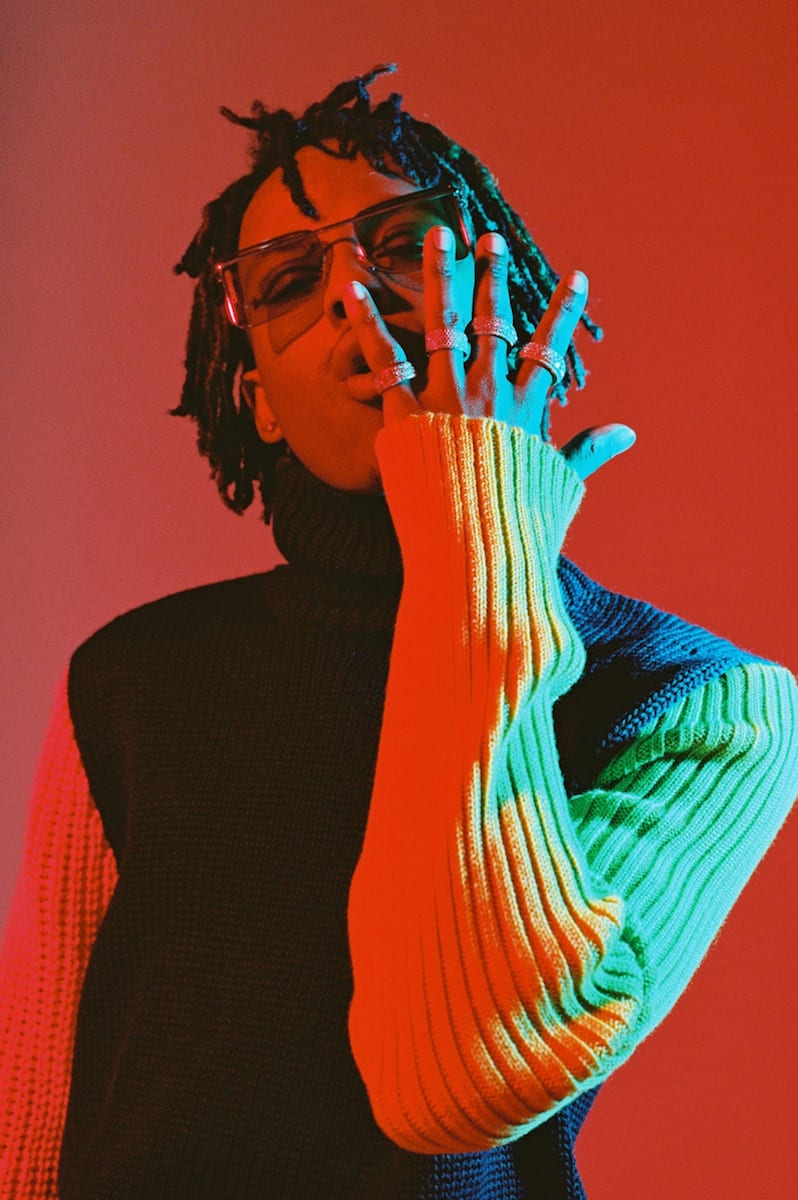
Grout is still a mainstay on the UK grime scene, but today she much prefers to go to events and just take in the music. “I bring a little camera in my pocket, and might get it out if I see an opportunity,” she says, “but I had definitely started to miss just focusing on the sound.” Despite the genre becoming increasingly popular during the half decade that Grout has been documenting it, the photographer is quick to stress that it is not the scene that has changed, so much as people’s attitudes towards it. “Everyone is constantly talking about grime but no one is shining any light on it – people seem to think that all black UK music is grime,” she says. “The media still love to use grime as a buzzword but drag down the artists that keep it going.” Grout remains an exception to this rule.
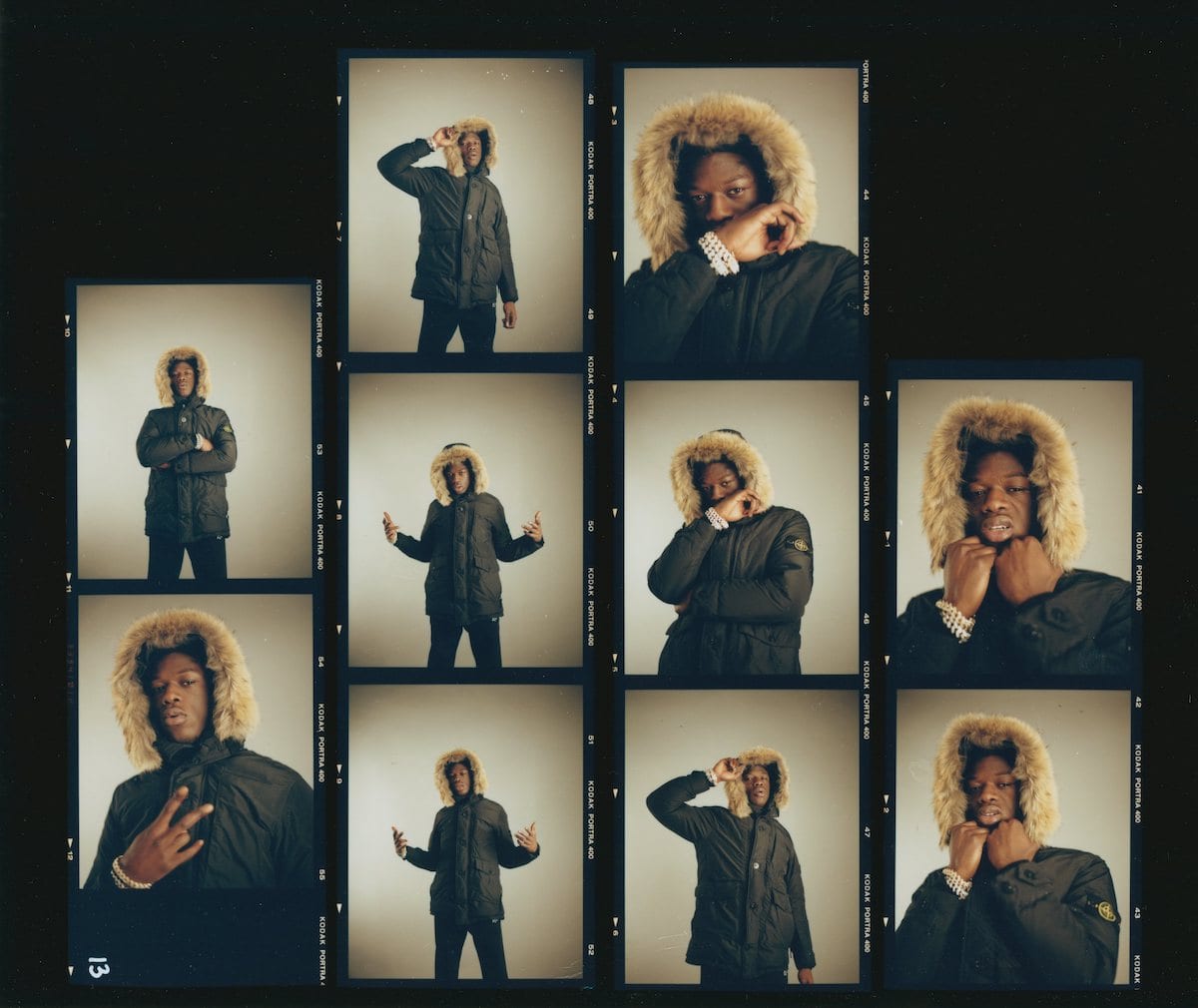
–
Dark Corners is a Museum of London competition supported by British Journal of Photography. Please click here for more information on sponsored content funding at British Journal of Photography.
